Throughout the history of the automotive industry, there have been many major manufacturers as well as electric vehicle enthusiasts who have tried to bring about changes to the car manufacturing industry. Although they have failed, let’s review the list of 10 unique electric cars that have wanted to challenge the dominance of gasoline-powered cars.
1. La Jamais Contente (1899)
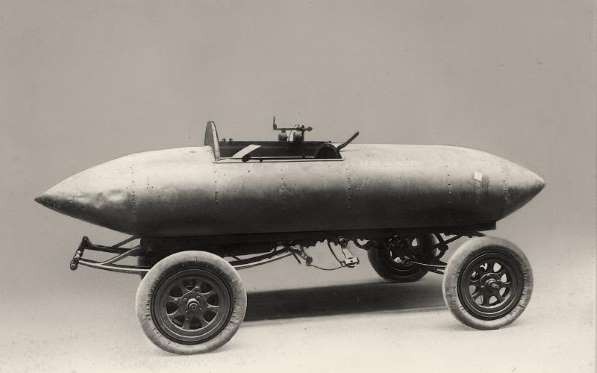
La Jamais Contente holds an important position in the history of the electric vehicle manufacturing industry as it is the first electric car that could break the speed barrier of 100km/h. The heart of this car is the dual power 25kW engine from Postel-Vinay, placed in an aluminum frame. It set a world record for land speed in 1899, reaching a top speed of 65.79 mph (equivalent to 105.87 km/h). Unfortunately, this record did not last long and was broken by a steam-powered car in 1902.
2. Wilson (1935)
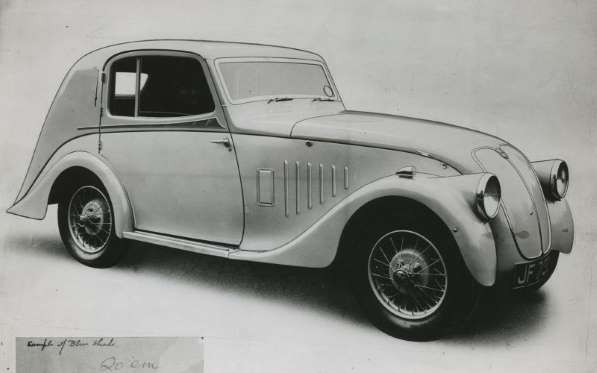
Partridge, Wilson & Co was a milk van manufacturing company established in Leicester in 1934. However, a year later, the company introduced a complete electric car to the market. The attractive design was created by the famous designer Arthur Mulliner (known for his design of the Rolls-Royce Phantom Classic) which reduced user bias against the squealing noise produced by the 64V motor of this car. At that time, the price of this model was twice as expensive as the Morris Ten. The car could only travel around 65km, with a maximum speed of about 43km/h, and it took half a day to fully charge. But with a total of 40 cars sold, it became the most successful electric car in the UK from 1918 to 1939.
3. Henney Kilowatt (1959)
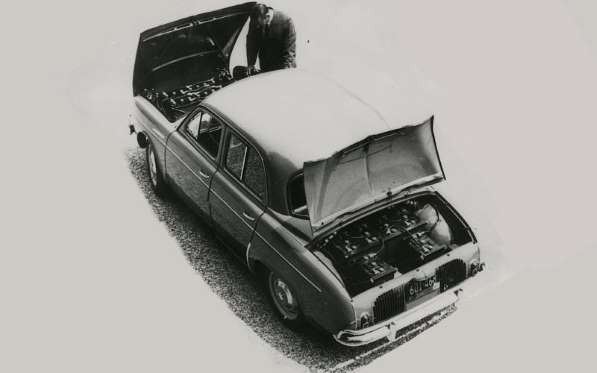
This Henney Kilowatt was a pioneer in replacing the conventional powertrain on existing models and was based on the Dauphine car from Renault. The idea came from the National Electric Companies Association in the US and was implemented by Henney, a funeral car manufacturer in New York. The early prototypes had a 36V motor and an 18-cell battery, but with one full charge, the car could only travel about 65km. Later, the power supply was doubled to 72V, allowing the car to travel about 100km with a maximum speed of nearly 100km/h.
Out of the 47 units produced, 32 were sold to civilian electric utility companies, and the remaining cars were sold at sky-high prices of $3,600 at that time. Even in 1979, these cars were still being sold.
4. Compton-Leyland (1971)
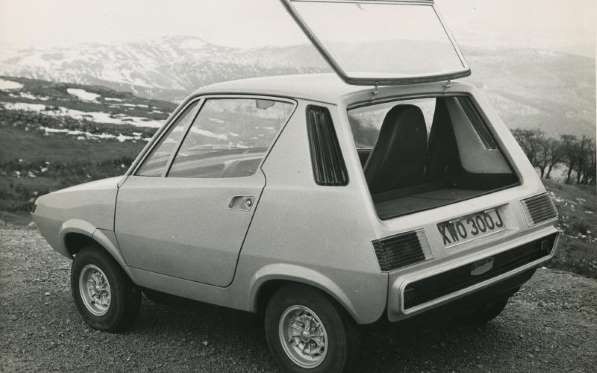
Bristish Leyland, with its accurate prediction of the oil crisis causing economic turmoil, announced its electric car in 1971. The engine used lead-acid batteries taken from golf carts, and the design and interior design were inspired by the Mini. The specifications of this model were quite common, with a maximum speed of about 50km/h, taking 9 hours to fully charge, and able to travel about 65km per charge.
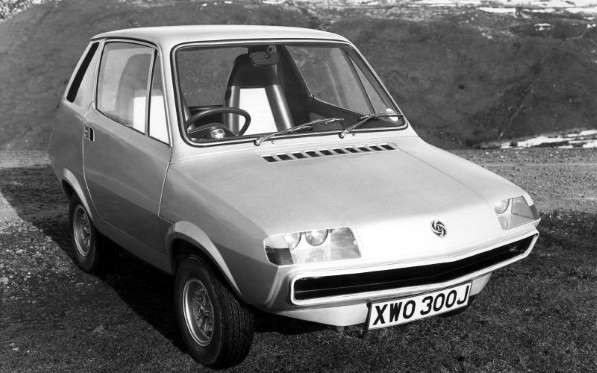
According to fans’ feedback, legendary designer Giovanni Michelotti designed the plastic chassis of this car, and the design of the wheel was also used for later Compton-Leyland models.
5. McKee Sundancer (1974)
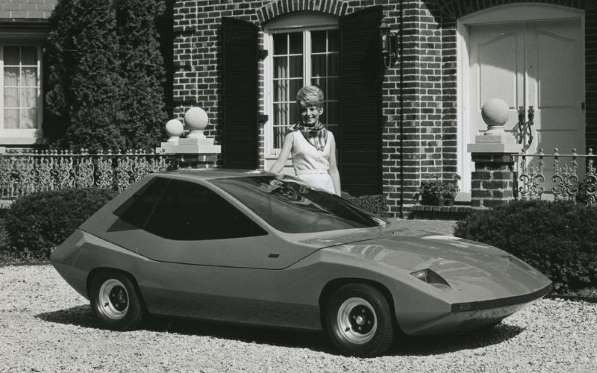
In 1974, the McKee manufacturer from Illinois created a very stylish car model to advertise modern battery technology. Bob McKee installed a set of 6V batteries for golf carts under the car chassis. This battery pack could be easily pulled out and replaced with a fully charged one. The car body was designed to be only 1m high to ensure aerodynamics, and the convertible top design followed the typical style of cars in the 70s.
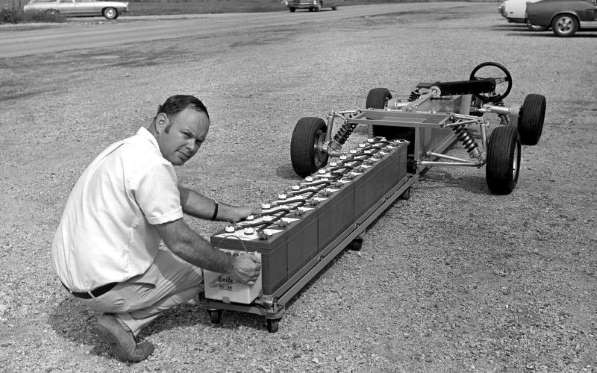
The Sundancer was capable of accelerating from 0 to 50km/h in 9.5 seconds and could travel up to 160km on one charge.
However, despite being promoted during the oil price crisis in the 1980s, very few people were interested in this car model. Motor Trend magazine rated it as too small for city traffic.
6. Lucas Electric Taxi (1975)
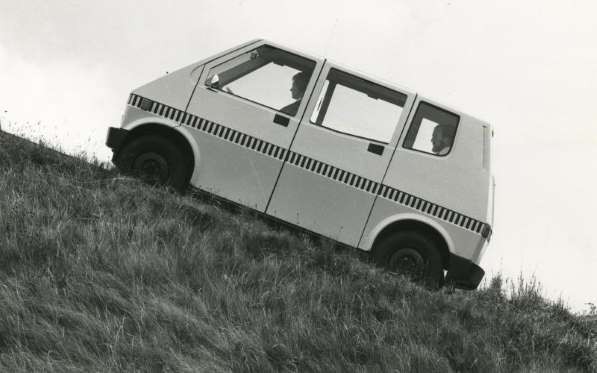
Many taxis in London were operated and shared by two to three co-owners. These drivers did not like the Lucas Electric Taxicab manufactured in 1975. This model received many negative reviews and feedback from taxi drivers.
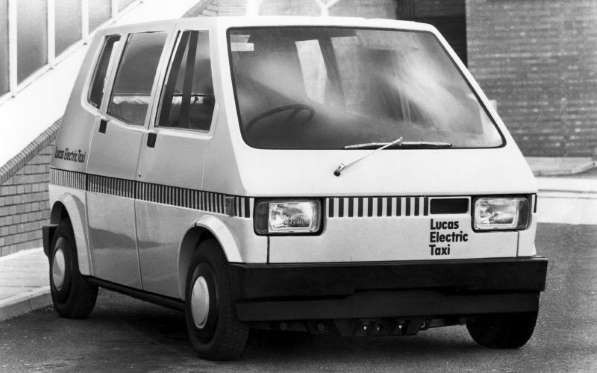
The downside of using it as a daily car was the short distance it could travel on one charge, about 160km. However, the impressive thing about this car was its compact size, fashionable design created by Ogle Design, and a maximum speed of up to 90km/h.
7. EAC Silver Volt (1980)
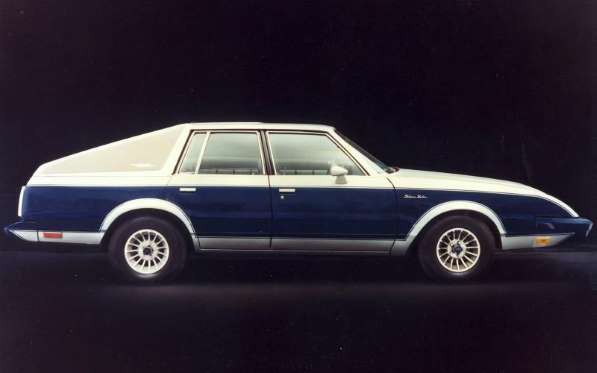
One of the pioneers in the British electric vehicle industry, Mr. Jon Samuel, came to the US and turned a Buick Century station wagon into the sleek Silver Volt. With a V6 engine powered by a 144V battery system, EAC deceived consumers about the car’s performance by adding a diesel-powered generator to extend the maximum achievable range, support steering, braking, and air conditioning in the car. The regenerative braking self-charging technology used in this car was the precursor to Toyota Prius models later.
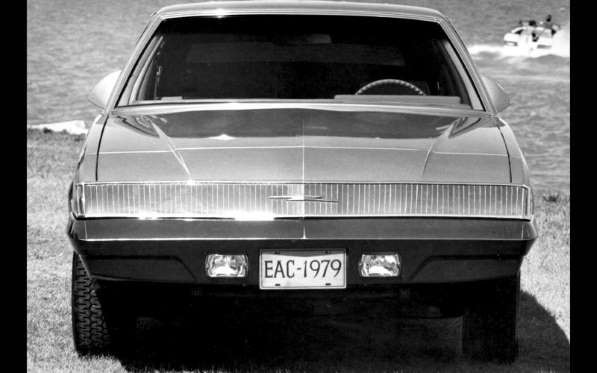
The Silver Volt could travel 100-160 km on one charge, with an average speed of about 90 km/h in urban areas and a maximum speed of 112 km/h. Despite Mr. Jon’s commitment to the car’s feel being “like sitting on Rolls-Royces,” it was difficult for consumers to accept the high price of $14,000 at that time for a car.
8. Pohlmann EL (1981)
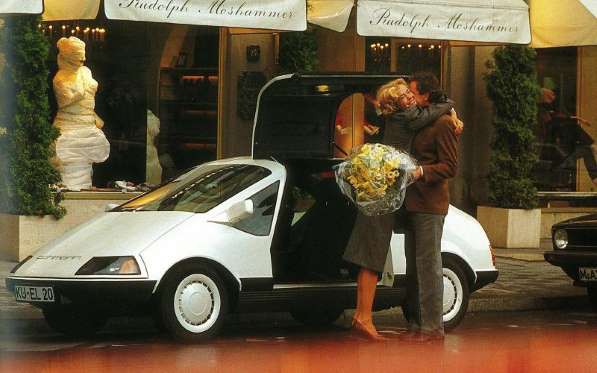
At a time when consumers still vividly remembered the gull-wing doors of the Mercedes 300SL, German car pushchair manufacturer Pohlmann incorporated this design into his electric car model, Pohlmann EL, in 1981. The car was equipped with a 40V power supply directly transmitted to the engines attached to the rear wheels. Energy provider RWE sponsored the entire project of Pohlmann until 1988.
9. General Motors EV1 (1996)
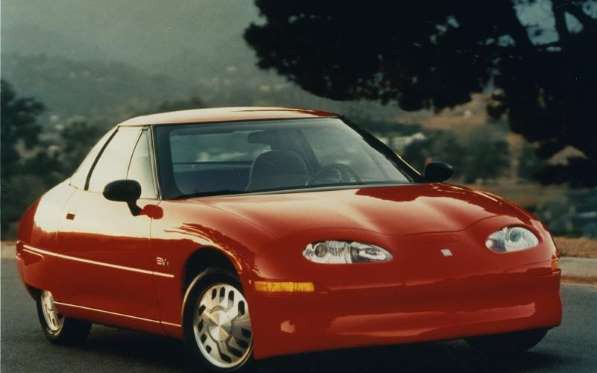
The EV1, produced in 1996, was the first fully electric car of a mainstream car manufacturer in the US.
In the early models, lead-acid batteries were used, and the car could travel 120km on one charge. Then in 1999, thanks to new nickel battery technology and regenerative braking technology, the maximum range of the car doubled. Customers could choose to pay $549/month to lease this car, and many were satisfied with its soft design, smooth operation, air conditioning, and heat-resistant films. It was also one of the most aerodynamic cars introduced to the market.
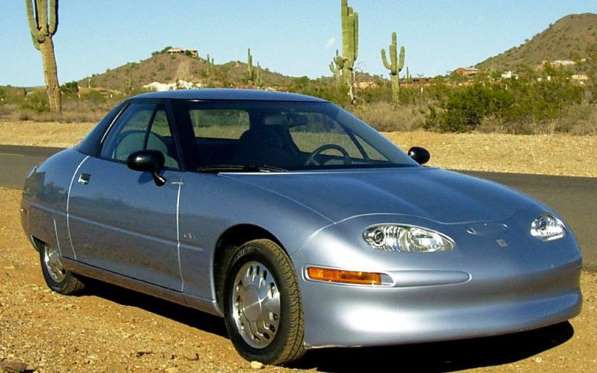
However, in 2004, for unknown reasons, GM discontinued this line of cars and even destroyed the remaining cars on the market. This car will never have the opportunity to drive on the road again.
10. I.D.E.A Kaz (2001)
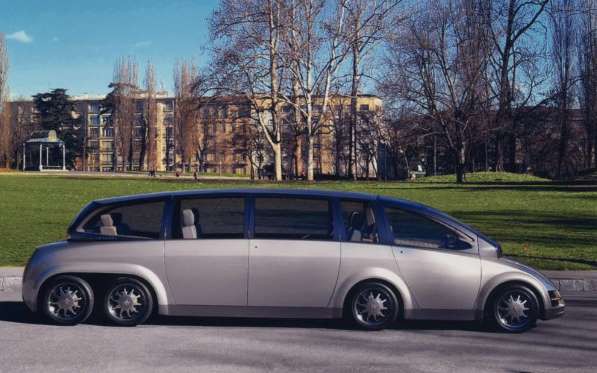
This strange long limousine was created by a research team at Keio University in Japan, led by Professor Hiroshi Shimizi. It was created to demonstrate the excellence and future applicability of lithium-ion batteries. Shimizu started the idea in 1996, and finally, the Keio Advanced Zero-Emissions car was unveiled at the 2001 Geneva Motor Show, priced at up to $4 million.
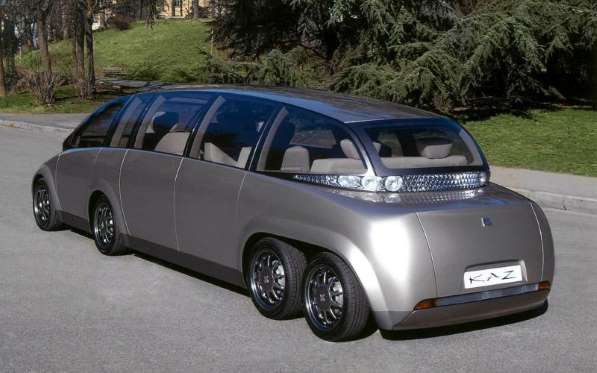
This monster had an 8-port engine that could produce a torque of up to 34kg on each port. It used this power to help the car accelerate to 100km/h in 7 seconds. All of this was thanks to the energy generated by 84 lithium-ion batteries placed under the car and supplied through an intelligent transformer. Each full charge allowed the car to travel up to 300km.
The car was manufactured by I.D.E.A in Italy and achieved an astonishing speed of 312km/h in a test run in October 2002.
Source: Classic and Sports Car






























![[CAR REVIEW] Rolls-Royce Spectre: A Symphony of Luxury](https://vnauto.net/wp-content/uploads/2023/10/xehay-rrspectre-30082023-1-150x150.jpg)










